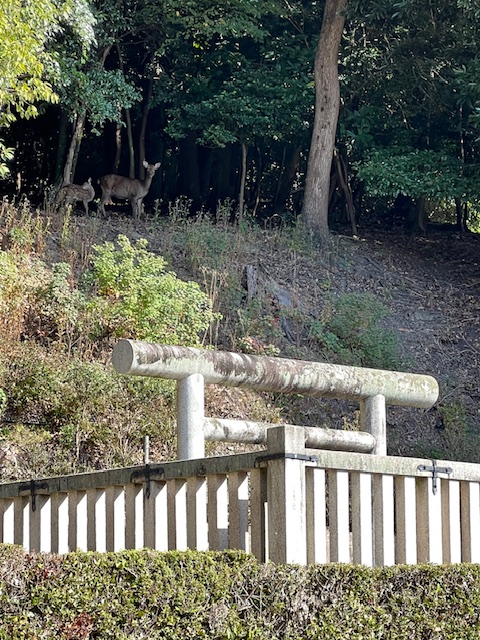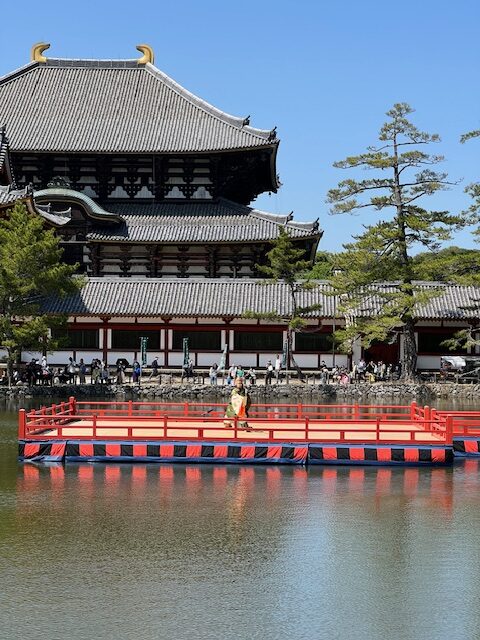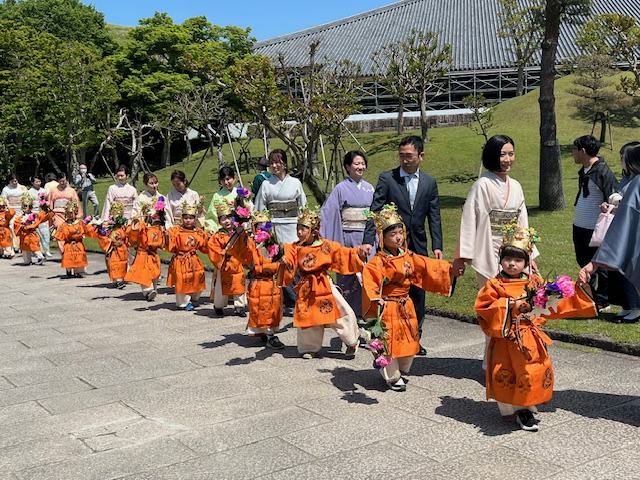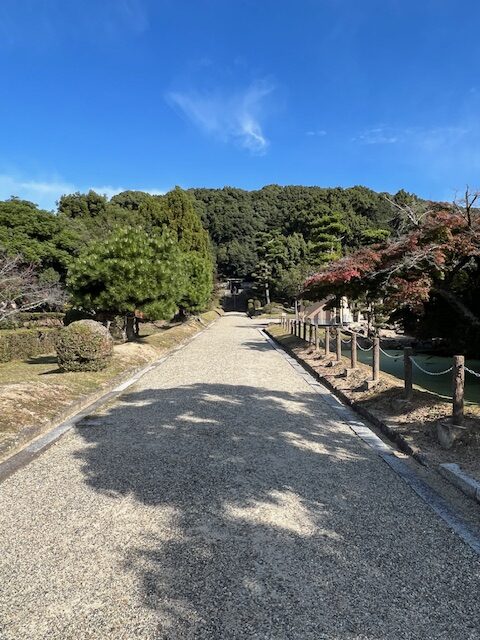Emperor Shomu (701-756), the 45th emperor, is a representative figure of the Nara period and is perhaps most easily understood as the emperor who initiated the construction of Todaiji Temple. It is difficult to talk about the Nara period without mentioning Emperor Shomu. He was a very serious man who sometimes meditated too much, and perhaps because of the magnitude of his problems, he was deeply devoted to Buddhism and called himself “Sanpo-no-yakko” (a servant of Buddha). After his death, his wife, Empress Kōmyō, had his beloved objects placed in the Shōsōin Repository. At the “Shosoin Exhibition” held at the Nara National Museum every fall, we can see up close the objects that surrounded Emperor Shomu and were used by him. Emperor Shomu and Empress Komyo grew up in an environment where they felt close to each other from childhood, and their close friendship is well known even after they became husband and wife. The mausoleums were built next to each other to express their love for each other.

Saho Area
Emperor Shomu’s tomb, known as Sahoyama South Tomb, is a short walk from Kintetsu Nara Station, about 12-15 minutes. It is also accessible from the Todai-ji Temple’s Tengaimon gate, located approximately 600 meters west along Ichijo Street. The entrance to the tomb’s pathway is at the intersection of Ichijo Street and Saho River. The surrounding area, known as Saho during the Nara period, was once home to many noble villas, including the famous Saho Residence of Prince Nagaya. Today, this historic area includes neighborhoods such as Horenjicho town and Tamoncho town.

Visiting the Tombs
Cross the small Saho Bridge to reach the entrance of the pathway to Emperor Shomu’s tomb. A long, white gravel path lined with pine trees leads directly to the tomb, where visitors can approach via a set of stairs. Behind a torii gate, a lush, wooded hill continues to Empress Komyo’s tomb. Deer often roam this serene area, adding to its tranquil atmosphere.
Shomu Festival

Every year on May 2nd, Todai-ji Temple holds a grand ceremony to commemorate Emperor Shomu’s death anniversary, Shommu-sai Festival. The event includes a ritual in the Great Buddha Hall, a charming procession of children in Nara period costumes, and traditional Gagaku music and dance performances by Kagami Pond. On May 3rd, Sanryo-sai Ceremony is held at Emperor Shomu’s tomb from 8:30 AM, featuring Buddhist chants by Todai-ji monks and later a tea ceremony by the Urasenke tea school in the Great Buddha Hall.

Visiting Nara during Golden Week (from end of April to early May), one of Japan’s major public holiday seasons, offers a unique opportunity to experience the cultural heritage of Emperor Shomu and the vibrant traditions of the Nara period.

